 st pol de leon treguier
st pol de leon treguier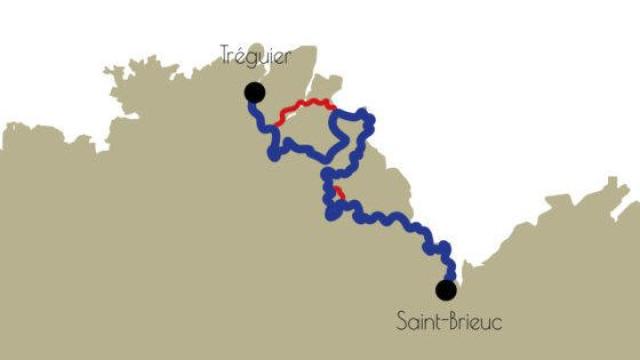 treguier st brieuc
treguier st brieuc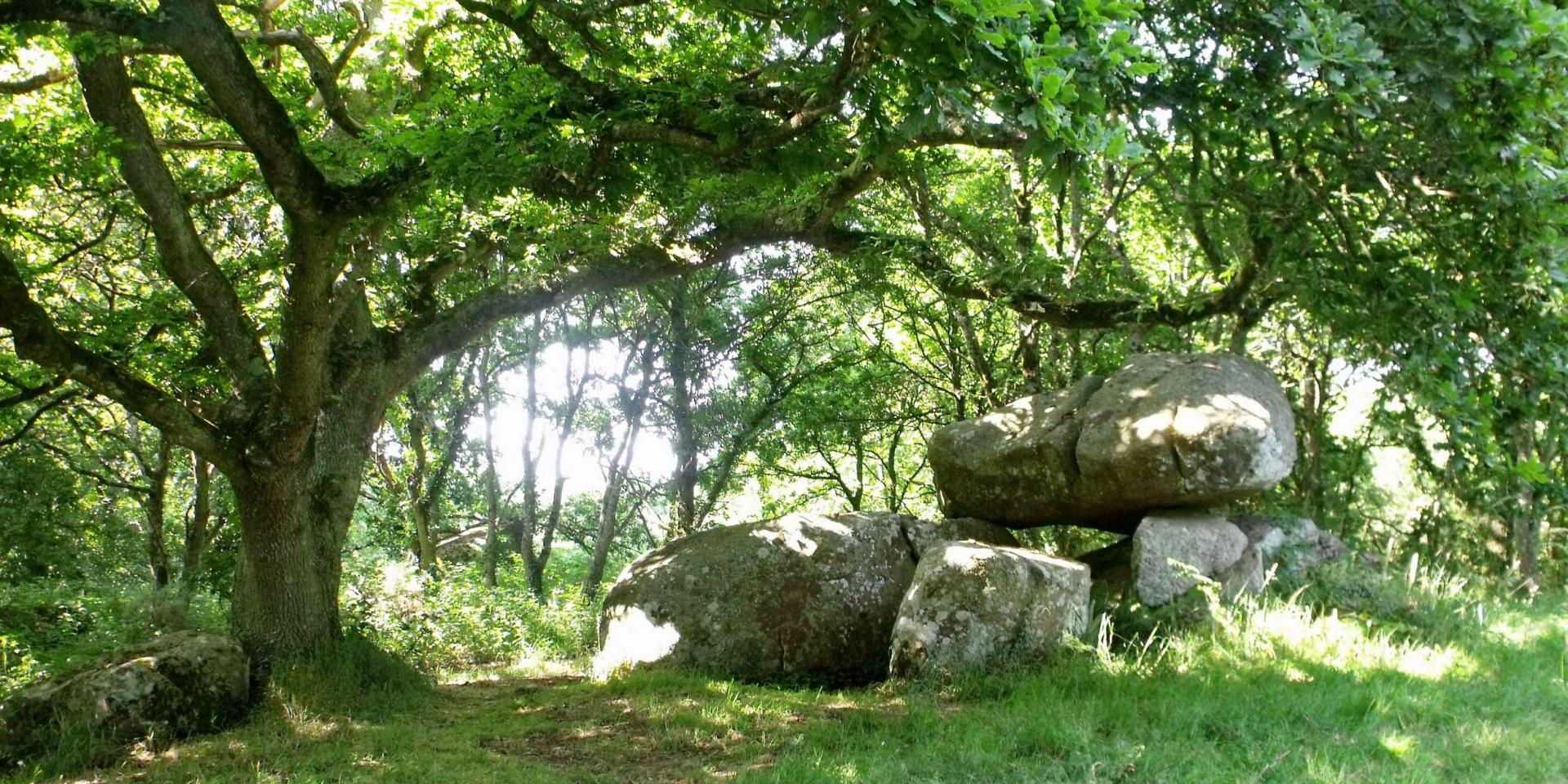 Crec'h An Hue Amoncellement G. Leroi (1)
Crec'h An Hue Amoncellement G. Leroi (1) st pol de leon treguier
st pol de leon treguier treguier st brieuc
treguier st brieucYour itinerant hike begins with the discovery of the Presqu’île de l’Armorique via the GR34, then the ascent of the 84-meter-high Grand Rocher, which proudly dominates the Saint-Michel beach. Continuing your walk, you’ll then discover the Saint-Mélar chapel, perched 117 m above sea level and offering a view over the bay, before skirting the Roscoat to reach Lanvellec and its rich historical heritage. First the Saint-Maudez chapel, then the Saint-Brandan church and its remarkable organ, and finally the Saint-Goulven chapel in a small haven of peace. The Château de Rosanbo and its remarkable gardens are just a stone’s throw away.
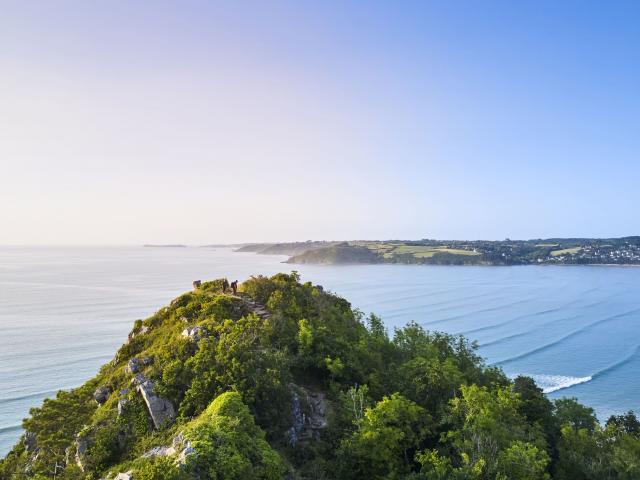

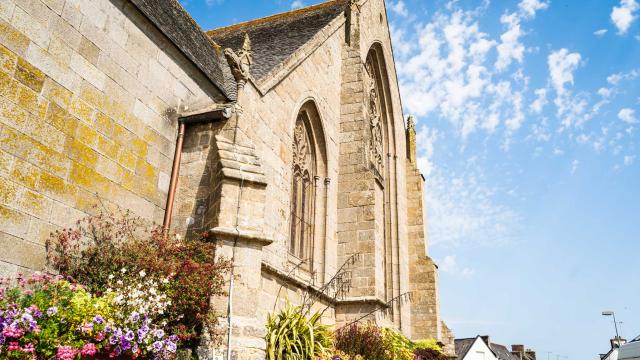

You leave Plouaret via the valley of the Saint-Ethurien, a tributary of the Léguer, where the lucky ones may find Amethyst crystals. As you reach the heights of the Léguer valley, you’ll notice the Kervinihy Beech, a particularly majestic tree that was once used as a bitter. Shortly afterwards, your walk will take you to the surprising Chapelle des Sept-Saints, dedicated to the cult of the Seven Sleeping Saints of Ephesus and built over a dolmen transformed into a crypt. Today, it is still a meeting place for Christian and Muslim religions. Walk on to the green valley of the Léguer, classified as a wild river, where you’ll find the Keranraix mill, a peaceful riverside haven ideal for a stopover during your hike.
Following the course of the river, you’ll discover the Saint-Fiacre chapel high up in the valley, and pass by the Château de Kergrist with its fabulous gardens; a quick detour of just over a kilometer will take you there. Continuing along the banks of the river in a wooded setting, you reach the imposing château de Tonquédec, which dominates the Léguer on its rocky outcrop. This medieval defensive castle boasts 11 towers and 2 keeps. Shortly afterwards, you leave the valley for the Trégor countryside, with its villages, bocage and heritage. Just after the village of Prat, you come to the Poulloguer pond and mill, now a gîte d’étape. It’s the ideal place to stop for the night.
 La Roche-Jaudy
La Roche-Jaudy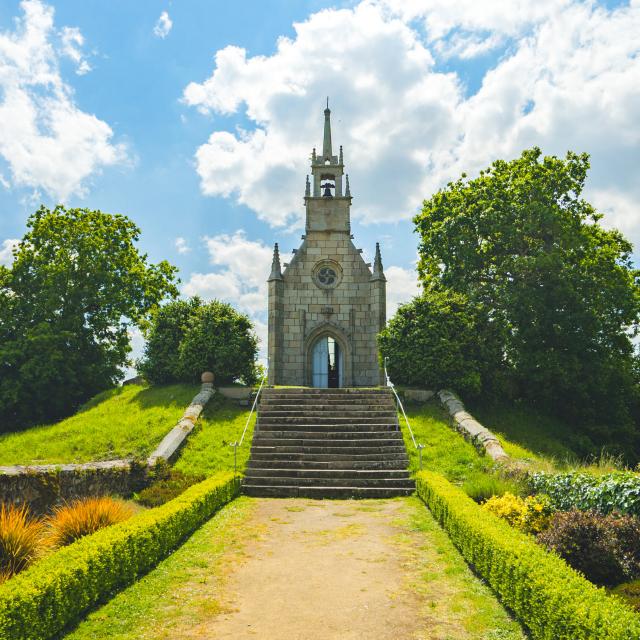 Chapelle du Calvaire La Roche Derrien
Chapelle du Calvaire La Roche Derrien La Roche Derrien
La Roche Derrien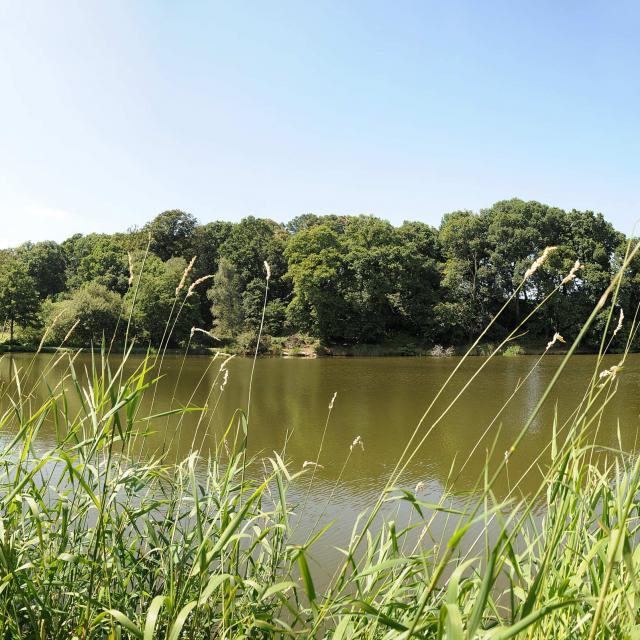 Etang du Poulloguer
Etang du PoulloguerThrough the Poulloguer valley, whose ancient mills bear witness to the activities that once took place here, you walk down to the Jaudy valley and take the path that follows its course to reach La-Roche-Derrien, classified as a “Petite Cité de Caractère”. Here again, ancient mills line the river. Some of them were used to dye flax, the heart of the local economy less than a century ago. La Roche Derrien was a hub of this industry, with its sheltered port. This charming town hides many treasures, such as the Calvaire chapel, which dominates the entire valley, offering a magnificent panorama. Joining the Guindy valley, a series of small footpaths lead you to the picturesque hamlet of Le Guindy, where you can stay in a B&B, hotel or farm campsite.
Following the course of the Guindy, in the heart of its meanders, you’ll discover a surprising aqueduct hidden away in this deep valley. A little further on, the Saint François footbridge marks the arrival at Tréguier. A final climb takes you up to St. Tugdual’s cathedral! This shorter stage gives you plenty of time to discover the little town of character, its cathedral, its cloister, its narrow streets and all the treasures they contain!
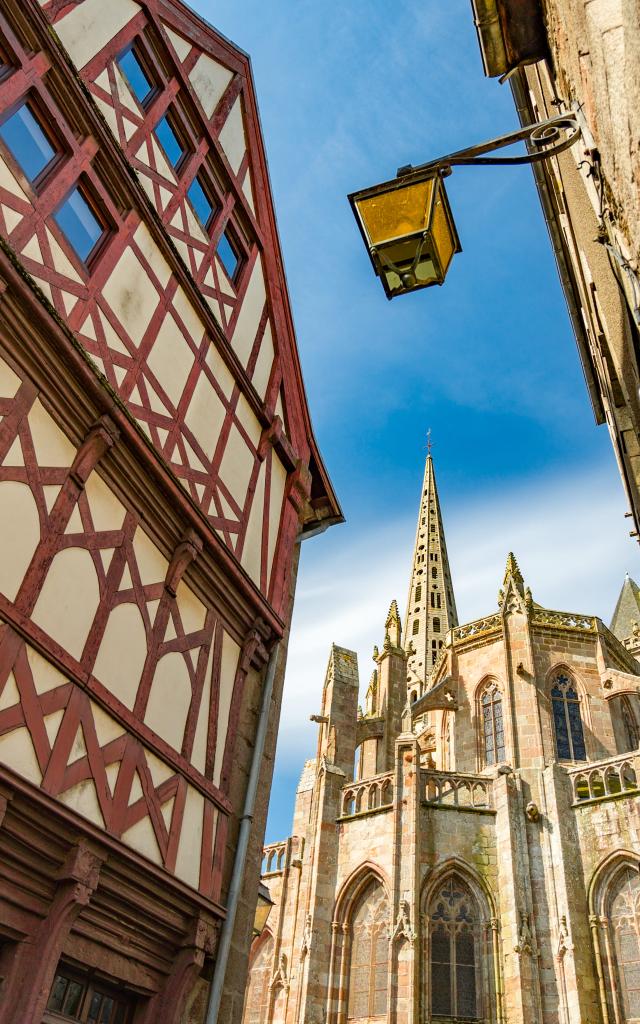 Thibault Poriel (1)
Thibault Poriel (1)
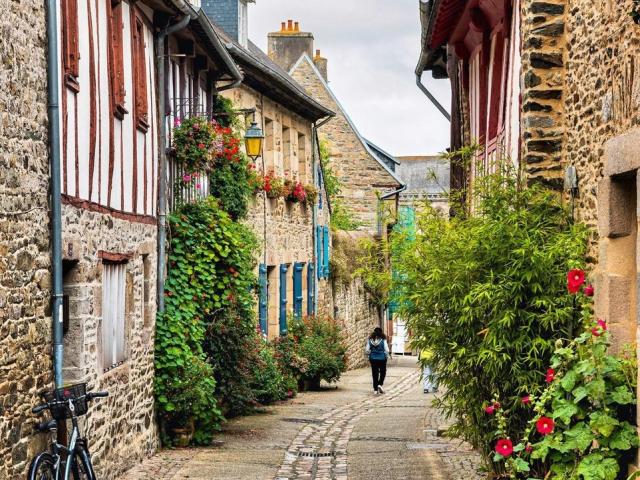
The Tro Breizh is a 2,000 km-long loop of footpaths that passes through the whole of Brittany.
It’s said that every Breton should complete the Tro Breizh in his or her lifetime.
To find out more, visit the Tro Breizh website!
Be sure to check out the various water points on your route before you leave, and plan your supplies accordingly. Likewise, take along comfortable walking shoes, suitable for hikes of this duration.
And don’t forget your camera to immortalize the magnificent landscapes of the Pink Granite Coast!
To eat, you can either prepare your own picnic beforehand, or let yourself be tempted by the flavors of Brittany by visiting one of the restaurants along the way.
 Balade en famille face à l'îlot de Costaérès à Trégastel le long du sentier des douaniers.
Balade en famille face à l'îlot de Costaérès à Trégastel le long du sentier des douaniers.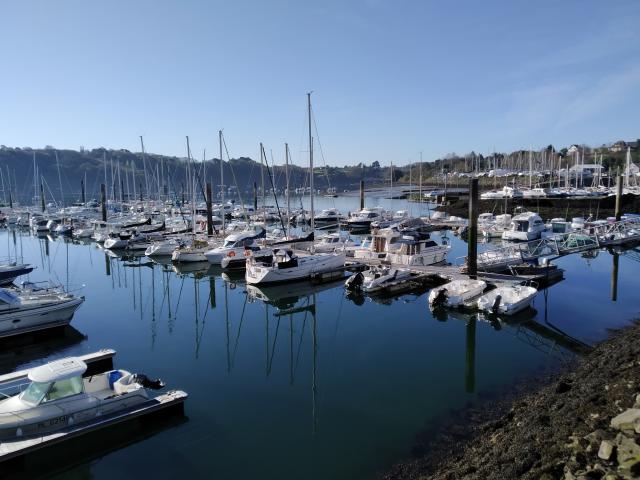
 Plage de Maez An Aod - Baie de Lannion
Plage de Maez An Aod - Baie de Lannion Sunset Coz Pors Trégastel
Sunset Coz Pors Trégastel

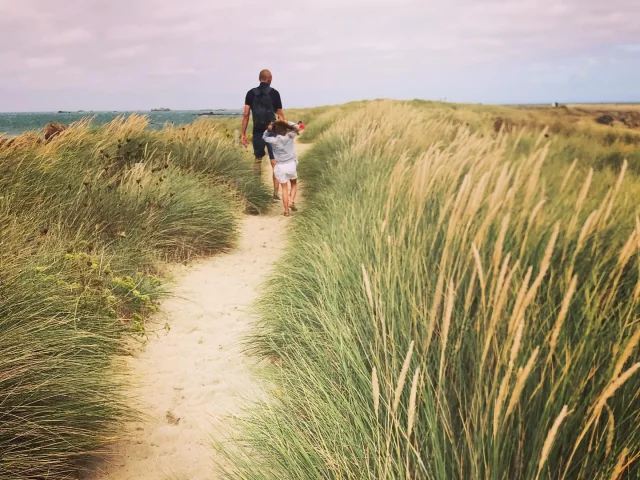
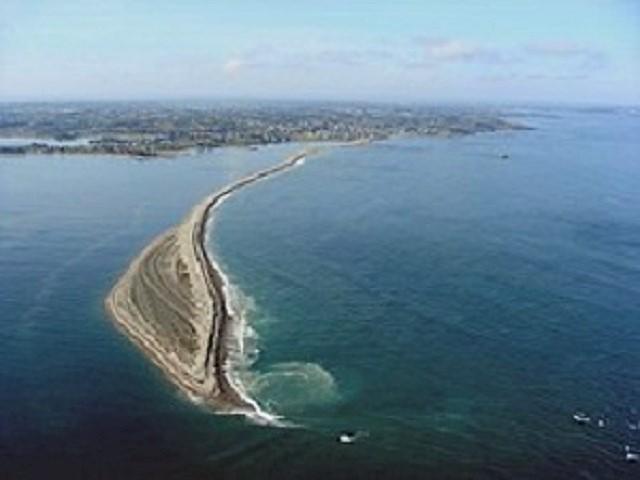 The Talbert fold
The Talbert fold